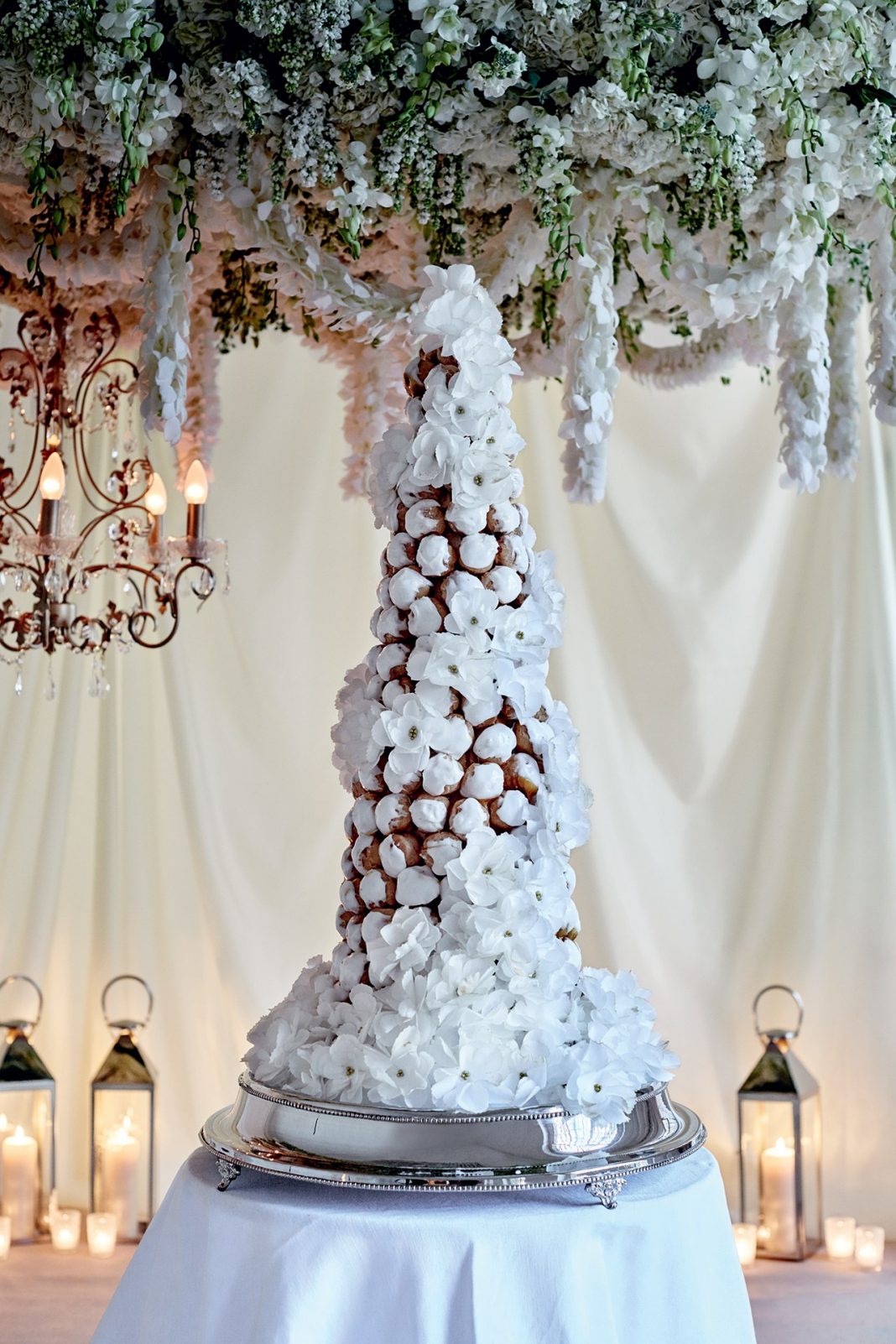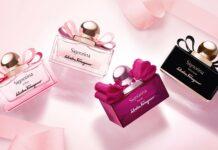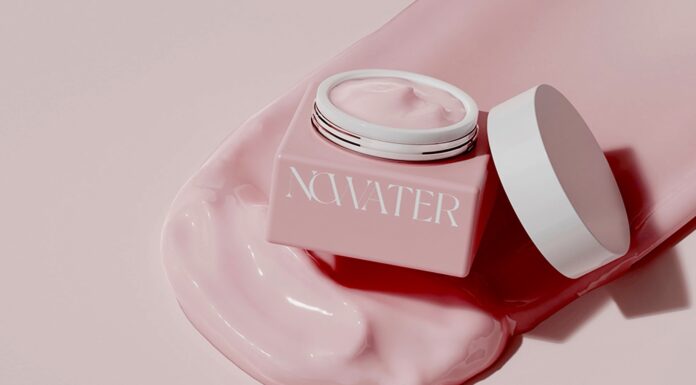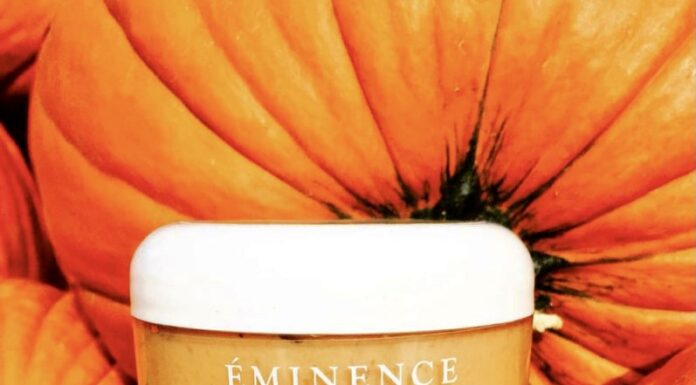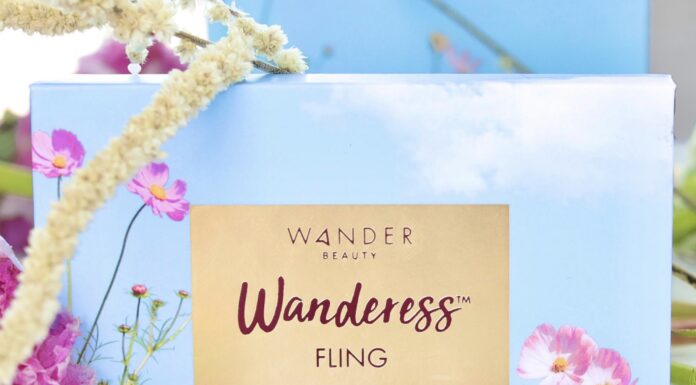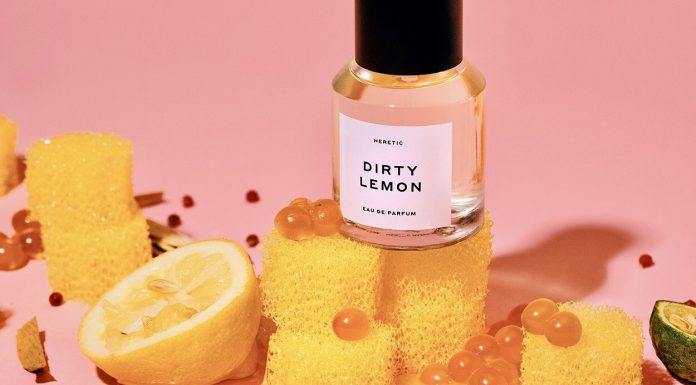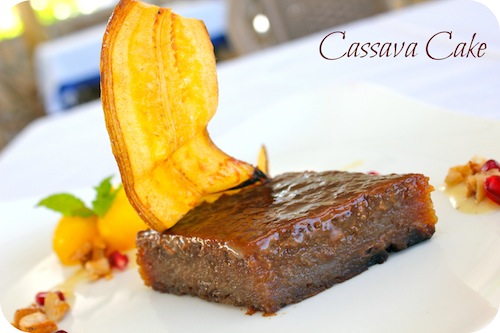
Cayman Islands
Until the mid-1900’s, wedding cakes in the Cayman Islands were six different types of heavy cake made of starchy roots such as yam, cassava, breadfruit, pumpkin, and rice. In addition to these cakes there was a two-tier main cake with royal icing. The cakes were the “stars” of what was called the “wedding cake feast.” In more modern times, a single cake has replaced the “six-some” – heavy cake is still present at weddings. Fruit cakes laced with golden rum are also present day players in the flair of Caymanian weddings.

Great Britain
The origins of the modern, ornately decorated multi-tiered wedding cake can be
traced to England – the Victorian age. It may be here that the “birthplace” of
the tradition of the wedding cake began. For Brits, the cake is usually a plum
pudding laced with brandy that is covered with tons of marzipan and topped with
delicious icing.
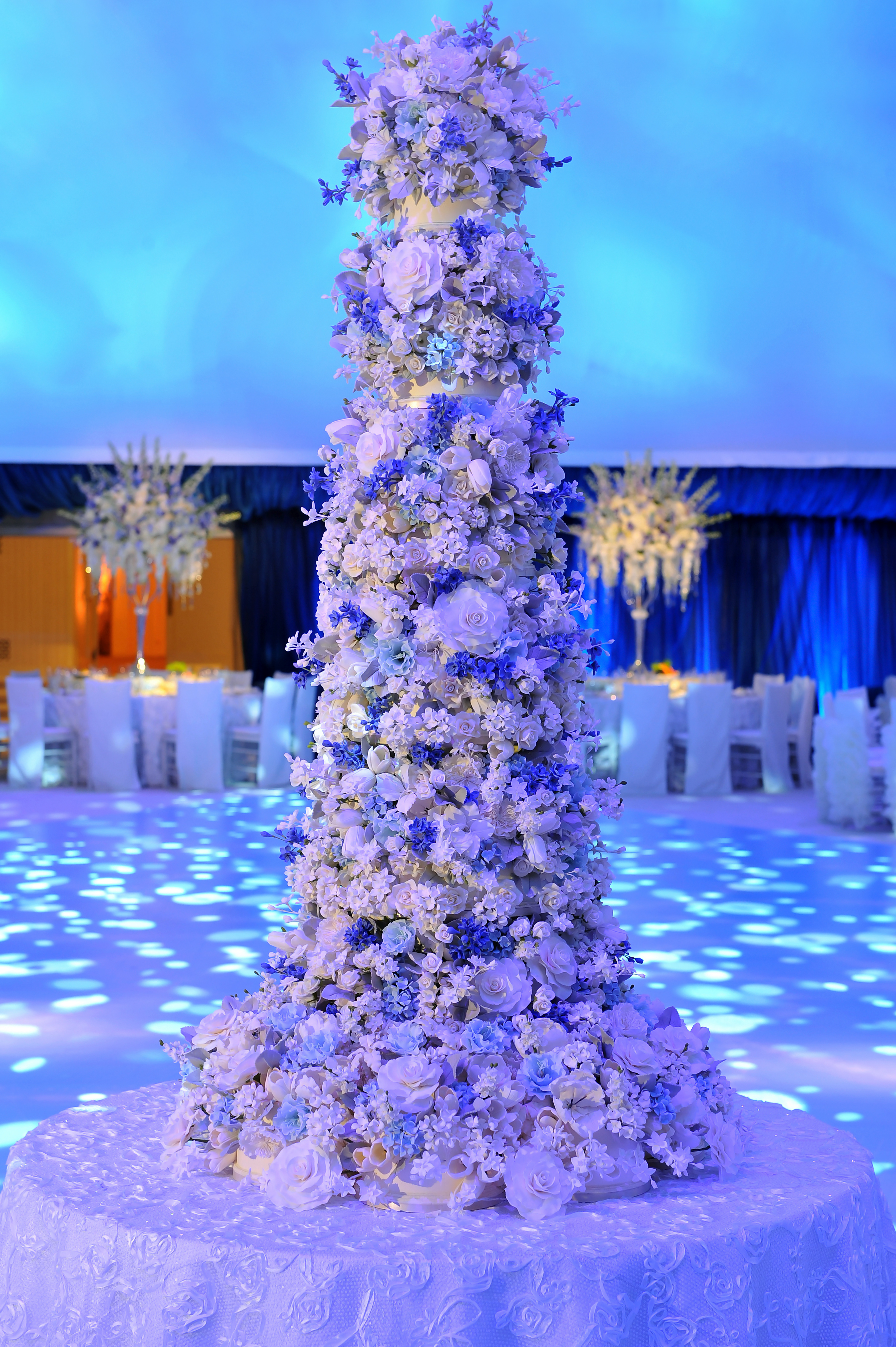
Jamaica
The traditional Jamaican wedding cake is a baker’s delight. Made of succulent fruits that are soaked for months in rich Jamaican dark rum and a sweet dessert wine – this is a fruitcake with a major punch. Definitely a cake to be careful of!
Italy
The Italians celebrate their nuptials with a cake called Saint Honoré – it’s a
sponge cake soaked in an almond liqueur that’s incorporated with Bigné,
(profiteroles), and glazed with flavored icing. This is a couple’s ultimate
dessert for their wedded ecstasy.
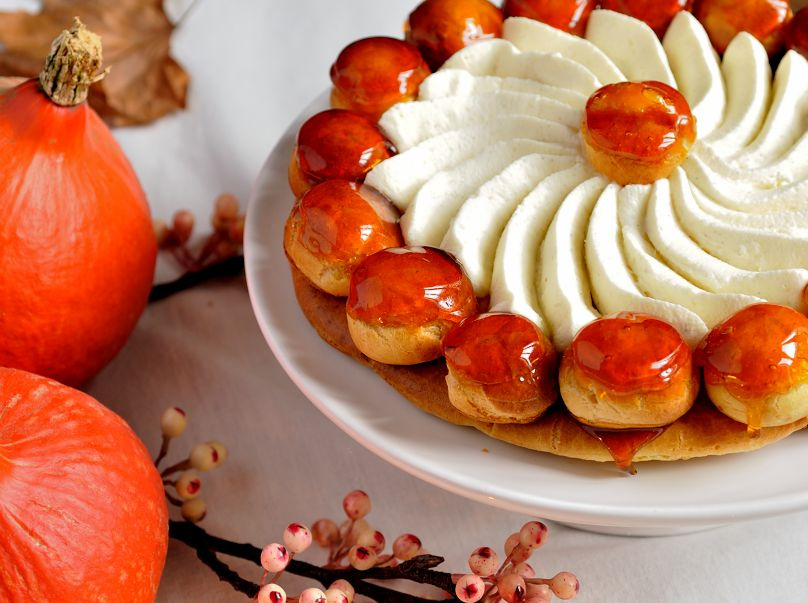
France
The French have two types of wedding cake, first is the traditional croquembouche, which is a cake made of profiteroles that are dipped in a hot toffee. The second is a tower-like cake comprising of multiple round sponge cakes, each a bit larger than its predecessor.


America
With most of their tradition adopted from England, today in the US the wedding
cake has evolved to suit couples and their lifestyles – if a couple is
extremely affluent, then their cake will reflect their fortune as well as the
color scheme of the wedding. The groom’s cake is an American original. Cakes
are usually a sponge cake with fantastic filling that is encrusted with fabulous
icing of different colors.
Japan and India
In some parts of Asia, the wedding cake is taken to a different level than in the west. Depending on the family’s caste in society, a wedding cake maybe only a “dummy” cake at the actual reception because to produce a cake that is common place in the west is too expensive. In India the real wedding cake is reserved for the bride and groom – guests receive the icing of the “dummy” cake.
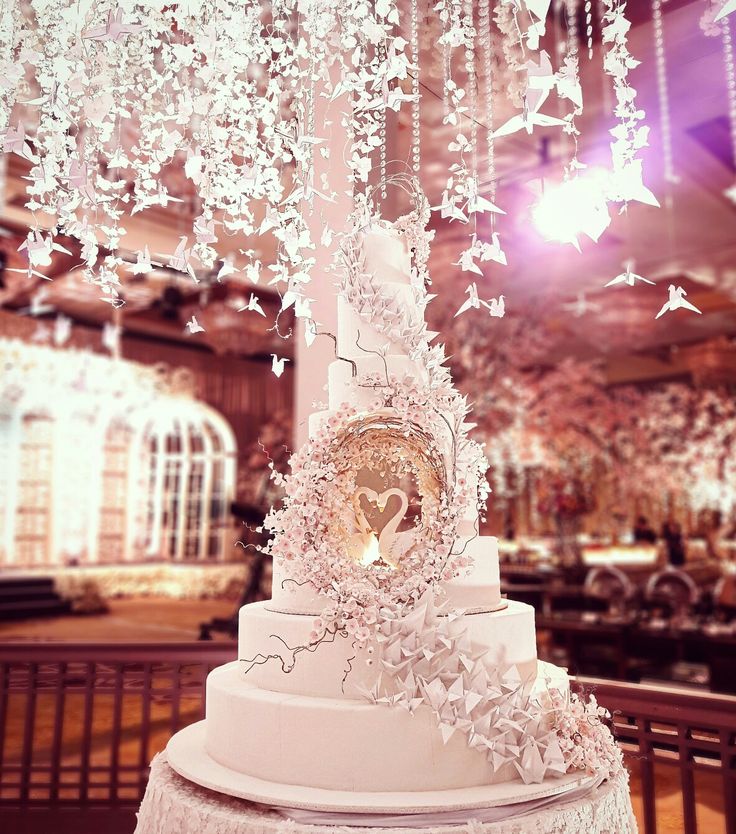
While in Japan, there is not a real cake at all – Japanese cakes are made of hard wax and some are even designed with a lever to emit a burst of steam as the symbolic cake cutting ceremony is conducted. Victorianism also allowed the wedding cake to evolve from a dense fruit cake to the lighter fanciful ornate masterworks of today – sweet morsels have surely changed.
“I sing of brooks, of blossoms, birds, and bowers; Of April, May, of June, and July flowers. I sing of Maypoles, Hock-carts, wassails, wakes, of bridegrooms, brides and of their bridal parties. ~ English Poet, Robert Herrick (1591- 1674) SM
Cover photo courtesy of Ana Parzych Cakes


